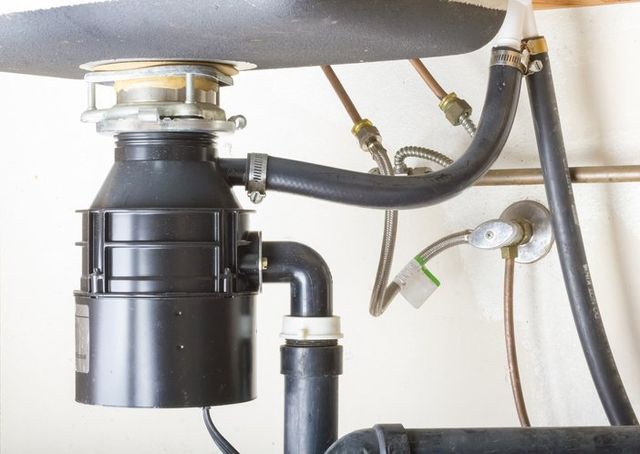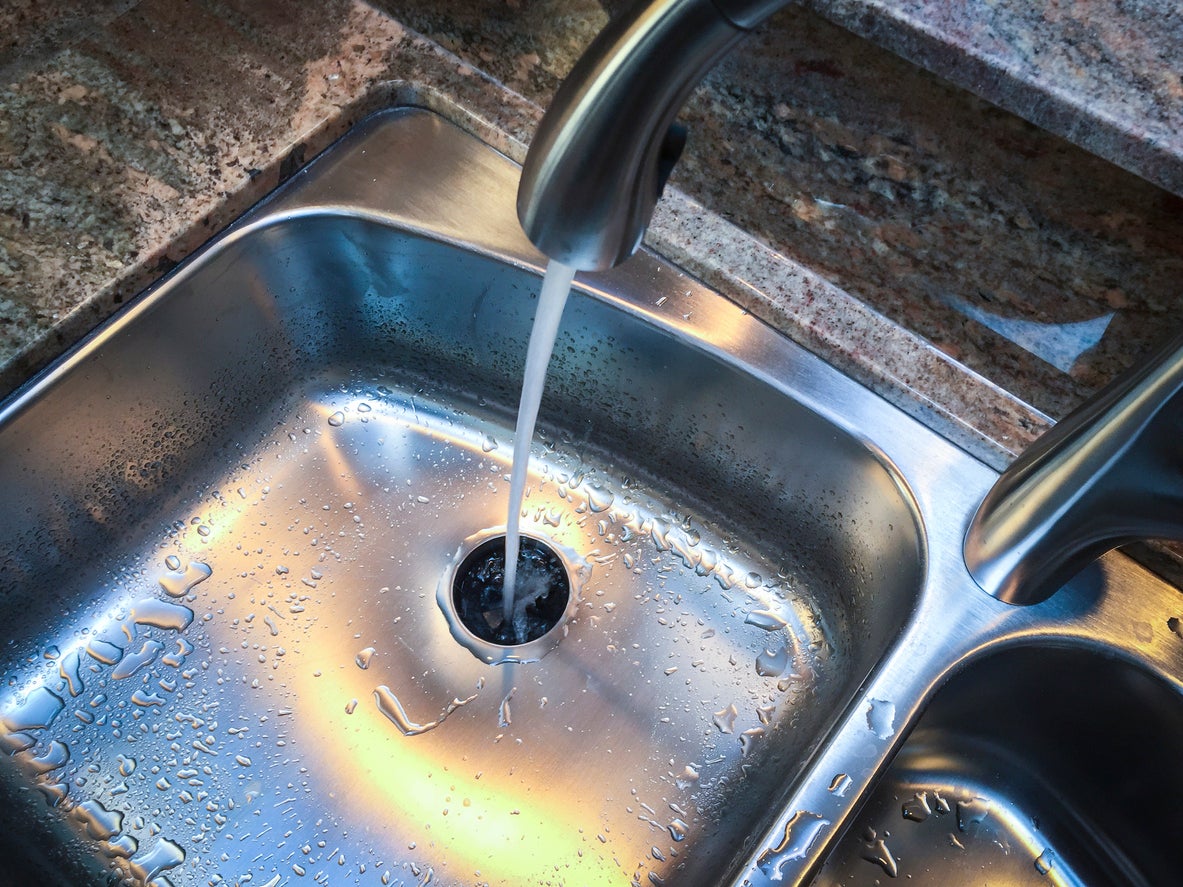Clear Techniques for Repairing a Leaky Garbage Disposal
Clear Techniques for Repairing a Leaky Garbage Disposal
Blog Article
This great article listed below about Why Is is incredibly motivating. Read it yourself and figure out what you think of it.

Garbage disposals are vital kitchen area appliances that aid in taking care of food waste successfully. Nevertheless, a leaking garbage disposal can be an irritating and untidy issue to deal with. Fortunately, several leakages can be fixed conveniently with a few simple actions. In this post, we will review exactly how to repair a dripping waste disposal unit efficiently.
Introduction
Waste disposal unit are set up under kitchen sinks and are created to shred food waste into smaller sized pieces, allowing it to go through the plumbing system conveniently. While these devices are normally reputable, leakages can happen over time because of wear and tear, loosened connections, or damages to the unit.
Step-by-Step Overview to Fixing a Dripping Garbage Disposal
Switch off the Power
Before trying any repair services, ensure that the power to the waste disposal unit device is shut off to stop the risk of electric shock.
Find the Leakage
Determine the specific location of the leakage and determine the cause
Tighten up Connections
Utilize a wrench to tighten up any type of loosened connections between the disposal device and the plumbing system.
Replace Seals or Gaskets
If the leakage results from worn seals or gaskets, eliminate the old parts and replace them with new ones.
Patching Cracks or Holes
For splits or openings in the disposal unit, usage epoxy or an ideal patching material to seal the damaged location.
Determining the Source of the Leakage
Prior to attempting to repair a dripping waste disposal unit, it is essential to determine the resource of the leakage. This can generally be done with aesthetic evaluation or by carrying out straightforward tests.
Visual Evaluation
Check the waste disposal unit device carefully for any indications of water leakage. Pay attention to locations around seals, gaskets, and connection points.
Evaluating for Leaks
One method to check for leaks is by running water through the disposal system and looking for any kind of noticeable indicators of leakage.
Typical Root Causes Of Leakages in Waste Disposals
Worn Seals and Gaskets
Seals and gaskets play a crucial role in avoiding water from leaking out of the garbage disposal. Over time, these components can weaken, resulting in leakages around the disposal system.
Loose Links
The connections in between the waste disposal unit and the pipes system can come to be loosened with time, creating water to leakage out during operation.
Cracks or Openings in the Disposal Device
Physical damages to the garbage disposal, such as fractures or holes in the housing, can additionally cause leakages.
Tools and Materials Needed for Taking Care Of a Dripping Waste Disposal Unit
Prior to beginning the repair work process, collect the essential devices and materials, including a screwdriver, adjustable wrench, plumbing technician's putty, replacement seals or gaskets, and epoxy or patching product for repairing cracks or openings.
Examining the Waste Disposal Unit After Repair Work
Once the fixing is full, test the waste disposal unit by running water with it to guarantee that the leakage has actually been fixed.
Preventive Maintenance Tips to Stay Clear Of Future Leaks
To prevent future leakages, it is important to perform regular upkeep on your garbage disposal. This includes maintaining it clean, staying clear of putting non-food products or tough objects down the disposal, and occasionally looking for leaks or other concerns.
Final thought
In conclusion, taking care of a leaking waste disposal unit is a fairly uncomplicated process that can be finished with fundamental devices and materials. By following the actions described in this write-up and practicing preventative maintenance, you can maintain your garbage disposal in good working problem and avoid expensive repairs in the future.
HERE’S HOW TO FIX YOUR GARBAGE DISPOSAL
WHAT TO DO IF SOMETHING IS STUCK IN YOUR GARBAGE DISPOSAL
If the impeller won’t turn, there’s probably something stuck in the disposal. It could be a steak bone or peach pit, although plumbers report pulling all sorts of inappropriate objects out of disposals, such as bottle caps or aluminum foil. Make sure power to the disposal is off, and look inside to see if you can see the source of the jam.
Never stick your fingers in a disposal. Pull out anything you see with tongs or pliers.
If the disposal still won’t work, it may be time to call a plumber or consider buying a new disposal. GEM Plumbing & Heating is here for all of your garbage disposal needs.
WHAT TO DO IF YOUR GARBAGE DISPOSAL DRAIN IS CLOGGED
Take everything out from underneath your sink and put a bucket or other container under your disposal to catch any water that drains out. Disconnect your disposal from the power supply. If it’s plugged into a wall outlet, unplug it. If it’s hardwired into an electrical box, go to the electrical panel and turn off the breaker for the disposal. Pour ¼ cup of baking soda into the drain, followed by ½ cup of white vinegar. Give the solution a few minutes to fizz and do its work. Look into the disposal with a flashlight to see if you can see an object that might be causing the clog. If you see it, remove it using tongs or pliers. MORE TIPS ON DEALING WITH A CLOGGED GARBAGE DISPOSAL
Never use drain cleaner in a garbage disposal. It can damage the plastic parts inside the disposal. You can also be splashed with the caustic liquid while working to clear the clog. Beware! Never stick your fingers into a garbage disposal. Trust us — not a good idea. In many instances, your dishwasher drains through your garbage disposal. This allows the disposal to grind any large food particles that may be drained out of your dishwasher. There are some jurisdictions, however, where the plumbing code prohibits such a connection. WHAT TO DO WHEN YOUR DISHWASHER DRAINS THROUGH THE DISPOSAL
Run some water in the sink so your plunger has at least a ½-inch of water to create a seal and plunge vigorously up and down several times. You may need to repeat this several times. Run hot water down the drain to clear any residue that remains.

As a fervent person who reads about Tips on Fixing a Leaking Garbage Disposal, I imagined sharing that piece of content was smart. Enjoyed reading our posting? Please share it. Help others discover it. Thanks so much for going through it.
Schedule Your Job Now Report this page